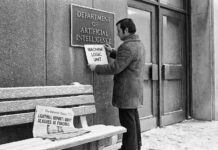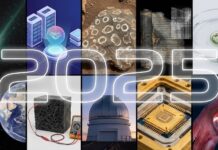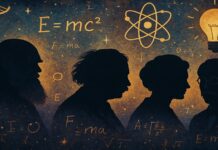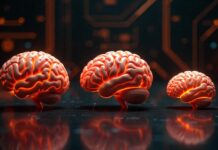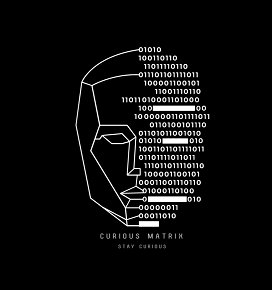
Throughout history, many brilliant people have helped move humanity forward (and some also backwards). But a few really stand out as true game-changers. These are the ones who didn’t just think outside the box — they basically built a whole new one.
They didn’t just go along with the world around them. They changed it.
And picking only ten names from thousands of years of progress isn’t easy. It’s tempting to include giants like Leonardo da Vinci, Martin Luther King Jr., Mahatma Gandhi, or Thomas Edison.
We also thought about Louis Pasteur, who changed the face of medicine, and Benjamin Franklin, who seemed to do everything. The truth is, no list like this can be perfect.
But these ten people, in our view, made some of the biggest shifts in how we live, think, and see the world.
What makes them special isn’t just how smart they were. It’s also their timing. Their boldness. Their ability to see what others couldn’t. These people didn’t just make things a little better. They completely changed the rules.
Their impact is all around us. In the books you read. In the lights that brighten your home. In the medicines that heal you. In the phones and computers that connect you with the world.
Basically, their work still shapes our lives today.
So, let’s start. But first, we’ll share an infographic timeline and table of their inventions and breakthroughs.
Timeline of the Biggest Inventions & Breakthroughs
Quick Reference Table
| Innovator | Signature Breakthrough | Year | Lasting Impact |
|---|---|---|---|
| Johannes Gutenberg | Movable-type printing press | 1440 | First information revolution and mass literacy |
| Galileo Galilei | Telescopic discoveries (Jupiter’s moons, Venus’s phases) | 1610 | Empirical method displacing authority; proof of heliocentrism |
| Isaac Newton | Principia Mathematica & universal gravitation | 1687 | Mathematical laws underpinning classical mechanics |
| Charles Darwin | On the Origin of Species | 1859 | Evolution by natural selection—cornerstone of modern biology |
| Marie Curie | Isolation of radium & concept of radioactivity | 1898 | Foundation of nuclear physics and radiation medicine |
| Nikola Tesla | Polyphase AC system & induction motor | 1888 | Long-distance electrification and modern power grids |
| Albert Einstein | Special relativity (E = mc²) | 1905 | Space-time physics, GPS time corrections, nuclear energy |
| Henry Ford | Moving automobile assembly line | 1913 | Mass production, affordable cars, rise of the middle class |
| Alexander Fleming | Discovery of penicillin | 1928 | Antibiotic era; sharp fall in infection mortality |
| Tim Berners-Lee | World Wide Web (HTML, HTTP, URL) | 1989 | Universal information-sharing platform and digital economy |
1. Johannes Gutenberg (1400-1468)
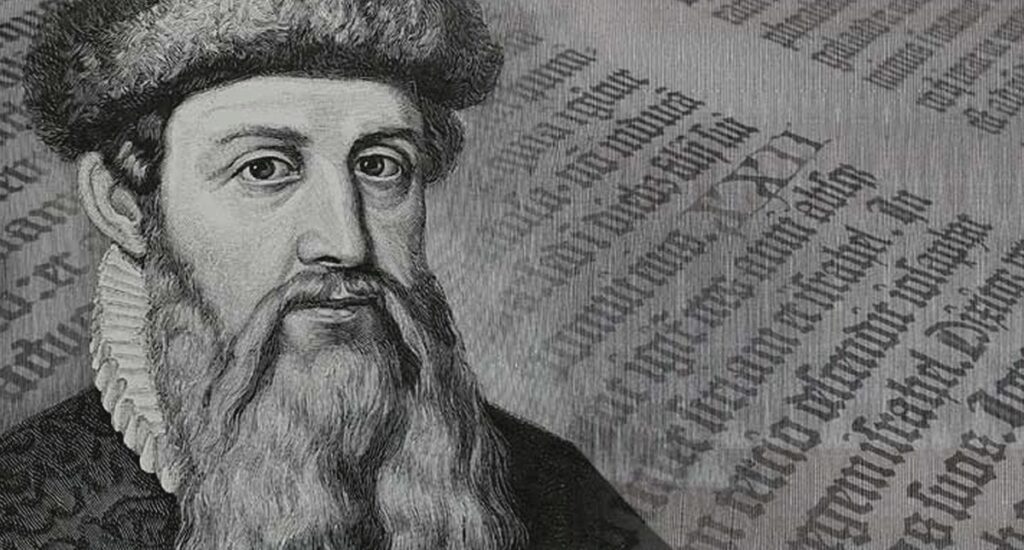
Gutenberg invented the printing press around 1440. This machine made books finally affordable for common people. Namely, before Gutenberg, monks copied books by hand, making them rare and expensive.
A single Bible took months to complete by hand. Each book was an expensive artifact owned only by the wealthy and powerful.
But with his invention ideas spread faster than ever before. The Renaissance, Reformation, and Scientific Revolution all depended on printed books. Knowledge became democratic instead of elite. Common people could finally read the same texts as scholars and priests.
This basically broke the monopoly that religious and political authorities held over information.
The printing press also created the first mass media. News could travel across continents in weeks instead of months. Writers could reach thousands of readers simultaneously. This changed how people thought about authority, religion, and government. Political pamphlets could spread revolutionary ideas. Religious reformers could challenge church doctrine directly.
And how did it work?
Well, Gutenberg’s press used movable metal type. Workers could arrange letters to form words, then sentences, then entire pages. After printing, they could rearrange the same letters for different texts.
This system was far faster than carving entire pages from wood blocks. The press could produce hundreds of copies in the time it took to copy one book by hand.
And the economic impact was immediate. Printing became big industry across Europe. Publishers, booksellers, and papermakers found new opportunities. Literacy rates began to rise as books became more accessible.
Education also shifted from oral tradition to written instruction. Universities could finally provide textbooks to all students instead of just professors.
Additionally, Gutenberg’s Bible remained the gold standard for printing quality. He used techniques that wouldn’t be improved for centuries. His attention to detail created books that rivaled the beauty of hand-copied manuscripts.
Why he changed the world: Gutenberg's printing press triggered the first information revolution, making knowledge accessible to ordinary people for the first time in human history. This democratization of information enabled the Renaissance, Reformation, and Scientific Revolution to spread quickly across Europe. Basically, his invention established a baseline for knowledge and information sharing.
Interesting fact: Gutenberg's first major printed work was the Bible, and only 49 copies survive today, each worth over $25 million.
2. Galileo Galilei (1564-1642)
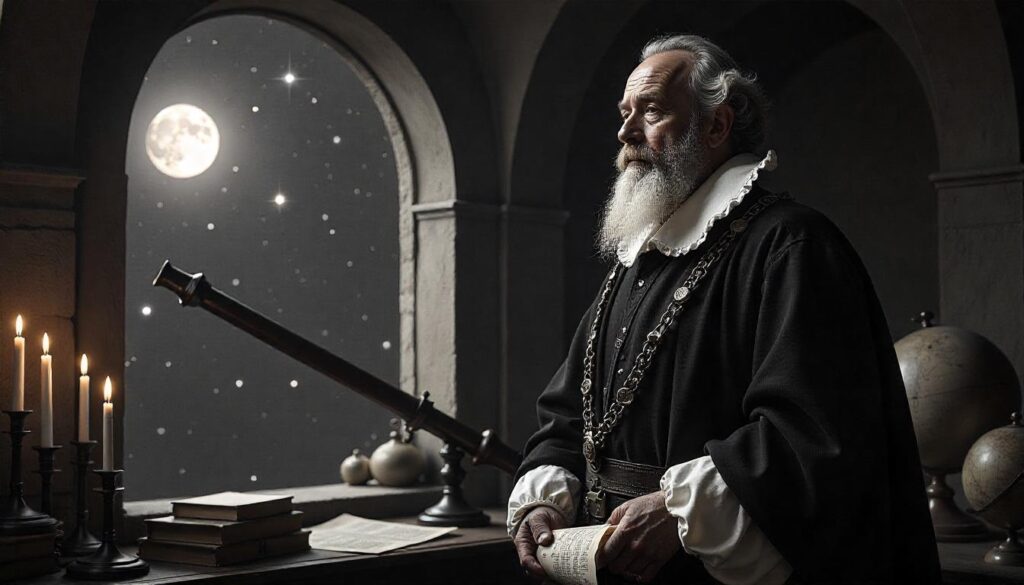
Galileo turned his telescope toward the sky, and this event changed everything. He discovered Jupiter’s moons, Venus’s phases, and Saturn’s rings. These observations proved that Earth orbited the sun, not the reverse.
And how did he do that?
Well, simply said his telescope magnified objects thirty times.
But unfortunately, Catholic Church condemned him for these ideas, and Galileo spent his final years under house arrest. However, his scientific method – observe, hypothesize, test – became the foundation of modern science.
He proved that mathematics could describe natural laws. His approach challenged authority-based knowledge that had dominated for centuries.
Besides that, Galileo also studied motion on Earth. He discovered that objects fall at the same rate regardless of weight. This contradicted Aristotle’s teachings that had dominated for centuries.
And in one way, his work laid the groundwork for Newton’s laws of motion. He showed that the same mathematical principles governed both earthly and celestial phenomena.
His improvements to the telescope brought him fame and fortune. Venetian merchants paid high prices for his instruments. They used telescopes for navigation and military purposes. And he also received a lifetime appointment at the University of Padua with double his previous salary.
However as mentioned, he had problems with the Church and this conflict with the became legendary. He advocated for Copernican theory despite official opposition.
The Inquisition forced him to renounce his beliefs publicly. Legend says he said, “And yet it moves” after his trial. In one way, his persecution made him a symbol of scientific courage against religious authority.
He also wrote a lot and he wrote in Italian instead of Latin to reach ordinary people. His “Dialogue Concerning the Two Chief World Systems” presented complex ideas in accessible language.
This approach helped spread scientific thinking beyond academic circles. Common people could understand and discuss astronomical discoveries.
Additionally, Galileo’s observations of the moon challenged beliefs about celestial perfection. He saw craters, mountains, and valleys on the lunar surface.
And this contradicted the idea that heavenly bodies were perfect spheres.
Why he changed the world: Galileo established the scientific method of observation and experimentation, replacing centuries of authority-based knowledge with empirical evidence. His telescope observations proved the heliocentric model of the solar system, fundamentally changing humanity's understanding of our place in the universe.
Interesting fact: Galileo dropped objects from the Leaning Tower of Pisa to prove heavy and light items fall at the same speed, discrediting 2,000 years of Aristotelian physics.
3. Isaac Newton (1643-1727)
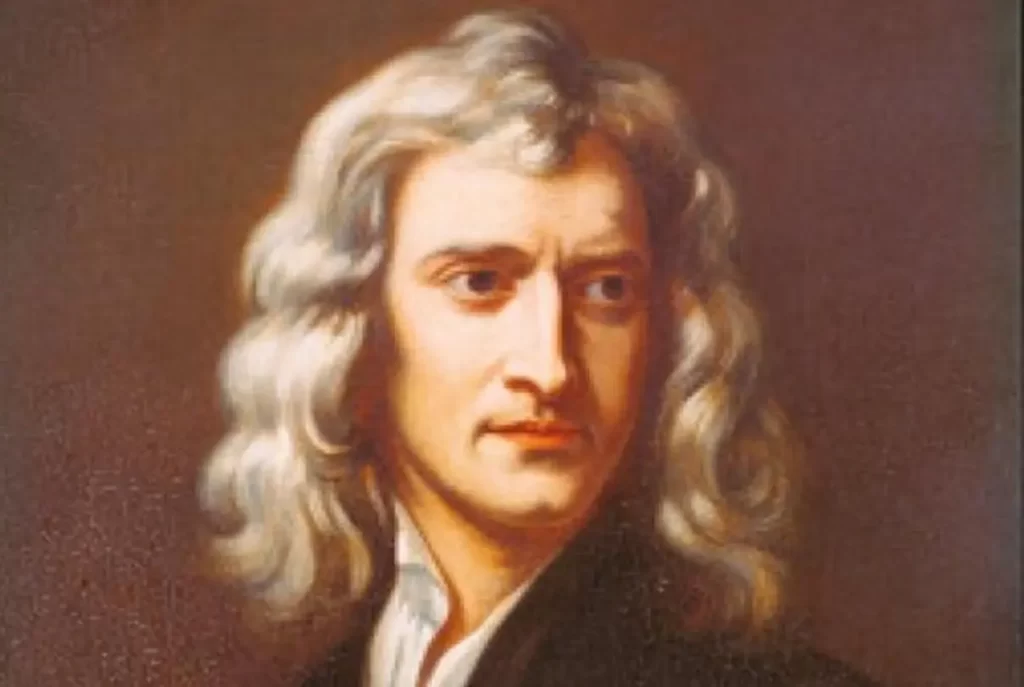
Newton discovered gravity when an apple fell on his head. Or so the story goes. However, his real breakthrough came from asking why celestial bodies move in predictable patterns. He realized the same force that pulled apples down also held planets in orbit.
This insight unified terrestrial and celestial mechanics under one theory.
He also invented calculus to solve complex mathematical problems. His laws of motion and gravity explained everything from falling apples to planetary orbits.
Basically, Newton gave us the tools to understand the physical universe, and his equations still guide spacecraft to distant planets.
Namely, modern engineering still depends on his mathematical foundations.
Besides math and physics, Newton also studied light and color. He discovered that white light contains all colors of the rainbow.
In one way, his work on optics helped create modern cameras and microscopes and he proved that light could be broken down into component colors using prisms.
His masterwork, “Principia Mathematica” took three years to write. The book established classical mechanics as a complete system. It explained tides, comet orbits, and planetary motion with mathematical precision. European scientists recognized it as the greatest scientific achievement ever. The work remained unchallenged for over two centuries.
Moreover, Newton served as Master of the Royal Mint later in life. He reformed England’s currency system and fought counterfeiting because his scientific reputation helped him succeed in this practical role.
He applied mathematical principles to economics and monetary policy. His work at the Mint influenced commercial interests across Europe.
And with regards to the apple story, well, it is not entirely accurate. Newton did contemplate falling objects, but his insights came from years of mathematical work, not from falling apple.
Why he changed the world: Newton's laws of motion and universal gravitation provided the mathematical framework to understand the physical universe, enabling the Scientific Revolution and Industrial Revolution. His work also established the foundation for classical mechanics that remained dominant until Einstein's relativity theory.
Interesting fact: Newton spent more time studying alchemy and biblical prophecy than physics and mathematics, believing he could turn base metals into gold.
4. Charles Darwin (1809-1882)

Darwin sailed around the world on HMS Beagle as a young naturalist. He observed different species on isolated islands. These observations led to his theory of evolution by natural selection. The voyage lasted five years and covered 40,000 miles.
He collected thousands of specimens and made detailed notes.
His book “On the Origin of Species” explained how life forms change over time. Stronger traits survive and pass to offspring. Weaker traits disappear. And this process shapes all life on Earth.
Evolution connects all living things through common ancestors, and his theory provided a natural explanation for that
Darwin also studied human behavior and emotions. He observed that people worldwide share similar facial expressions. This suggested that emotions evolved just like physical traits.
Besides that, his work extended evolution beyond biology into psychology and sociology and he proposed that humans descended from ape-like ancestors.
The Galapagos Islands provided crucial evidence for his theory. Darwin noticed that finches on different islands had different beak shapes.
These variations matched the available food sources on each island. For example, birds with beaks suited to their environment survived better.
However, Darwin’s theory faced immediate religious opposition. Many Christians believed species were created by God and never changed.
And so, he delayed publishing his theory for twenty years as he feared the controversy it would create. He gathered extensive evidence before going public.
However, Alfred Russel Wallace independently developed similar ideas, pushing Darwin to publish. The simultaneous presentation of both theories created a scientific sensation.
Why he changed the world: Darwin's theory of evolution by natural selection provided the first scientific explanation for the diversity of life on Earth, revolutionizing biology and our understanding of humanity's place in nature. His work fundamentally challenged religious and philosophical beliefs about the origin of species.
Interesting fact: Darwin got seasick almost every day during his five-year voyage on the HMS Beagle, yet that journey shaped the foundation of his evolutionary theory.
5. Marie Curie (1867-1934)

Curie discovered radioactivity and isolated pure radium, and she won Nobel Prizes in both physics and chemistry. No other person has achieved this feat in different scientific fields. She was also the first woman to win a Nobel Prize ever.
Basically, her achievements opened science to women worldwide.
Curie’s work led to X-ray machines, nuclear power, and cancer treatments. She developed mobile X-ray units during World War I, which saved countless soldiers’ lives.
Curie also founded the field of atomic physics. She proved that atoms weren’t indivisible as previously believed. She also established the first radiology service in France.
Marie overcame enormous obstacles as a woman in science. She couldn’t attend university in Poland due to gender restrictions.
Moreover, she worked as a governess to pay for her sister’s medical education. Later, she studied in Paris under harsh conditions and often survived on bread and tea due to poverty.
Curie’s element discoveries earned international recognition. She identified polonium and radium as new elements, and her techniques for isolating radioactive materials became standard procedures.
But she refused to patent her methods, believing scientific knowledge should be freely shared. This decision cost her potential millions but advanced scientific progress.
The Curie Institute became a leading cancer research center. Marie established it to continue her work on radioactivity’s medical applications. The institute trained doctors and researchers from around the world. It pioneered radiation therapy for cancer treatment.
Today, it remains one of Europe’s top cancer research facilities.
Why he changed the world: Marie Curie's discovery of radioactivity and isolation of radium laid the foundation for nuclear physics and modern medical treatments, including cancer therapy and diagnostic imaging. Her groundbreaking work opened scientific careers to women and established new fields of atomic research that transformed medicine and physics.
Interesting fact: Curie's laboratory equipment and personal items will remain radioactive for another 1,500 years and are stored in lead-lined boxes.
6. Alexander Fleming (1881-1955)

Fleming discovered penicillin by accident in 1928. He left bacterial cultures uncovered in his laboratory. Mold contaminated one dish and killed the bacteria around it.
This chance observation changed medicine forever. His messy laboratory habits led to the greatest medical discovery of the 20th century.
Namely, penicillin saved millions of lives during World War II as it treated infections that once meant certain death. Before penicillin, simple scratches could become fatal infections.
Surgery was also extremely dangerous due to infection risk. Basically, Fleming’s discovery made modern surgery possible, and it also led to the development of dozens of other antibiotics.
And Fleming’s background actually prepared him for this discovery. He served as a medical officer during World War I. He witnessed countless deaths from infected wounds. This experience motivated his research into bacterial infections as he understood the urgent need for better treatments.
However, Fleming’s discovery faced initial skepticism. He presented his findings to the Medical Research Club in 1929, and the audience showed little interest in his observations.
Many scientists doubted the practical value of his discovery, and it took over a decade for penicillin to gain widespread recognition.
Why he changed the world: Fleming's discovery of penicillin launched the antibiotic era, dramatically reducing mortality from bacterial infections and making modern surgical procedures possible. His work fundamentally transformed medicine by providing the first effective treatment against previously lethal bacterial diseases.
Interesting fact: Fleming was notoriously messy in his lab, and this untidiness directly led to his world-changing discovery of penicillin.
7. Henry Ford (1863-1947)
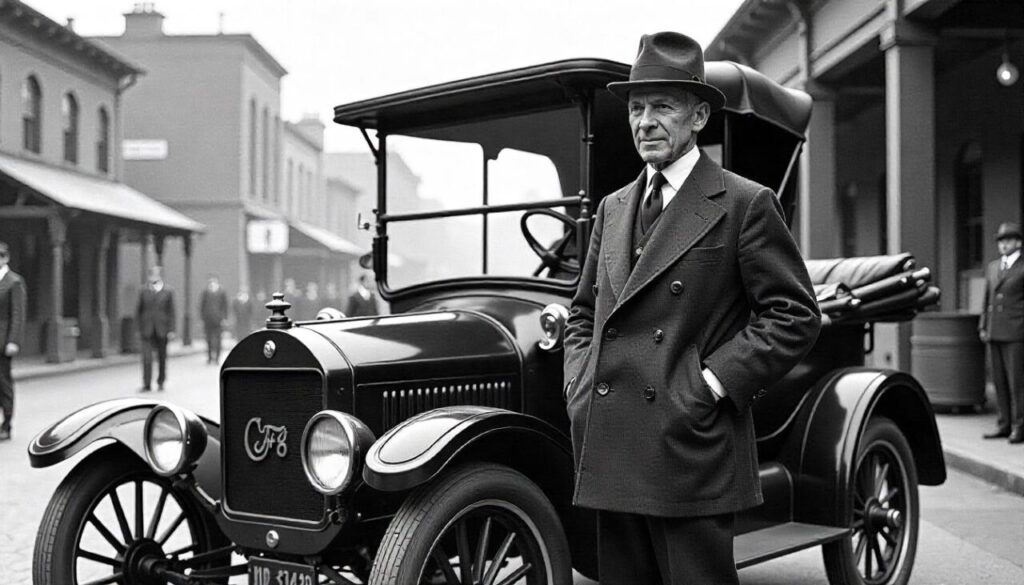
Ford didn’t invent the automobile – he made it affordable. His Model T cost $825 in 1908, equivalent to $25,000 today. By 1925, the same car cost $260. This price drop made cars accessible to ordinary workers. Ford’s innovation transformed automobiles from luxury items into everyday transportation.
The assembly line made this possible. Workers specialized in single tasks. Cars moved through production stations. This method cut manufacturing time from 12 hours to 93 minutes.
Ford also revolutionized labor relations. He paid workers enough to buy the products they made. This created a new middle class with disposable income. Ford’s approach spread throughout American industry and changed society.
The Model T became America’s car. Ford produced over 15 million units between 1908 and 1927. The car was simple, reliable, and affordable.
Ford famously said customers could have any color “as long as it’s black.” This focus on standardization reduced costs and complexity.
Ford’s factories changed manufacturing forever. He introduced continuous production methods. Raw materials entered one end, finished cars emerged from the other. This system required precise coordination between departments.
The social impact of Ford’s innovations was enormous. Automobiles changed how people lived and worked. Rural areas became connected to cities. Suburbanization became possible as workers could live farther from jobs and the car industry created millions of jobs in manufacturing and related services.
Why he changed the world: Ford's assembly line manufacturing and affordable automobiles created the modern industrial economy and transformed society by making cars accessible to the masses. His innovative production methods and labor practices established the foundation for America's middle class and influenced manufacturing worldwide.
Interesting fact: Ford paid his workers $5 per day when the average wage was $2.34, creating the first middle-class workforce that could afford the products they made.
8. Nikola Tesla (1856-1943)
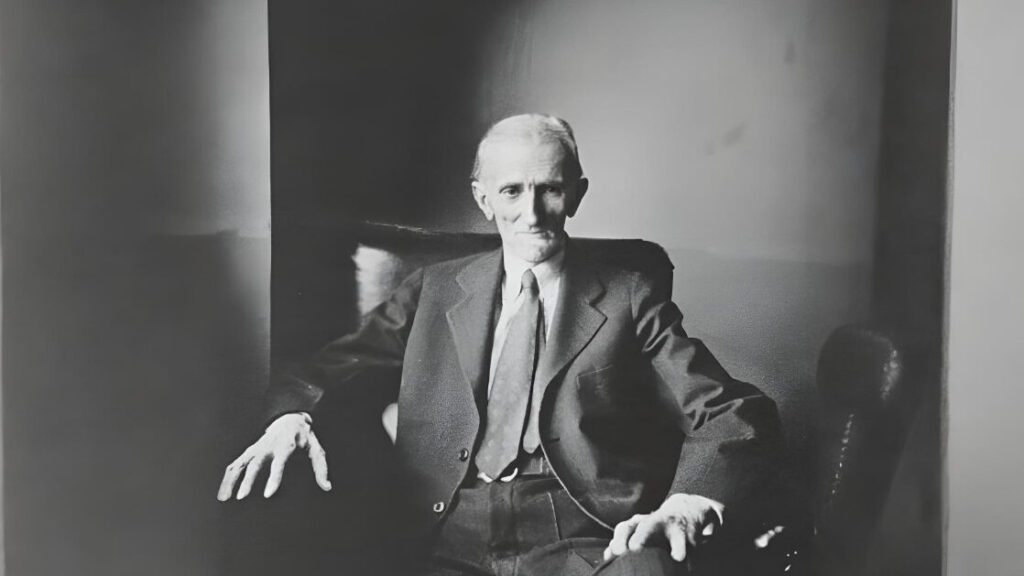
Tesla was born during a lightning storm at midnight in what is now Croatia. His mother invented small household appliances, inspiring his inventive spirit. Tesla spoke eight languages and may have had photographic memory.
Tesla arrived in America in 1884 with four cents in his pocket and calculations for a flying machine. He worked briefly for Edison before their inevitable split over electrical systems.
Tesla’s polyphase AC system could transmit power over huge distances, unlike Edison’s limited DC system.
Interestingly enough, George Westinghouse bought Tesla’s patents for $1 million, making him wealthy.
And while many people know about Tesla and electricity, he worked on many other things.
Namely, Tesla also invented the first remote-controlled device in 1898 – a radio-controlled boat he demonstrated at Madison Square Garden. Audiences thought it was magic or telepathy.
This invention laid the groundwork for all modern remote control technology, from garage door openers to military drones. His demonstration amazed spectators who couldn’t understand how he controlled the boat.
His experiments with wireless power transmission at Wardenclyffe Tower were decades ahead of their time. Tesla envisioned a world where electricity could be transmitted wirelessly across the globe.
Though the project failed due to lack of funding, modern wireless charging technology follows his principles. His tower represented the first attempt at global wireless communication.
Tesla also claimed to have invented a “death ray” weapon in his later years. He called it “teleforce” and said it could destroy aircraft from 250 miles away. The U.S. War Department, Soviet Union, and Yugoslavia all showed interest in the device. Tesla took the secret to his grave, though blueprints surfaced in 1984.
Tesla also invented a mechanical oscillator that he claimed could destroy buildings with just five pounds of air pressure. He said a small version caused an earthquake in his Manhattan laboratory in 1898. Tesla believed this device could communicate through the Earth itself or locate underground minerals.
However, his claims about earthquake generation were likely exaggerated.
Why he changed the world: Tesla's alternating current electrical system revolutionized power generation and distribution, making modern electrification possible and powering the technological advancement of the 20th century. His inventions in wireless technology, remote control, and electrical engineering laid the foundation for countless modern devices and communication systems.
Interesting fact: Tesla was born during a lightning storm at midnight, and the midwife declared it was a bad omen, saying he would be a "child of darkness" - but his mother replied, "No, he will be a child of light".
9. Albert Einstein (1879-1955)
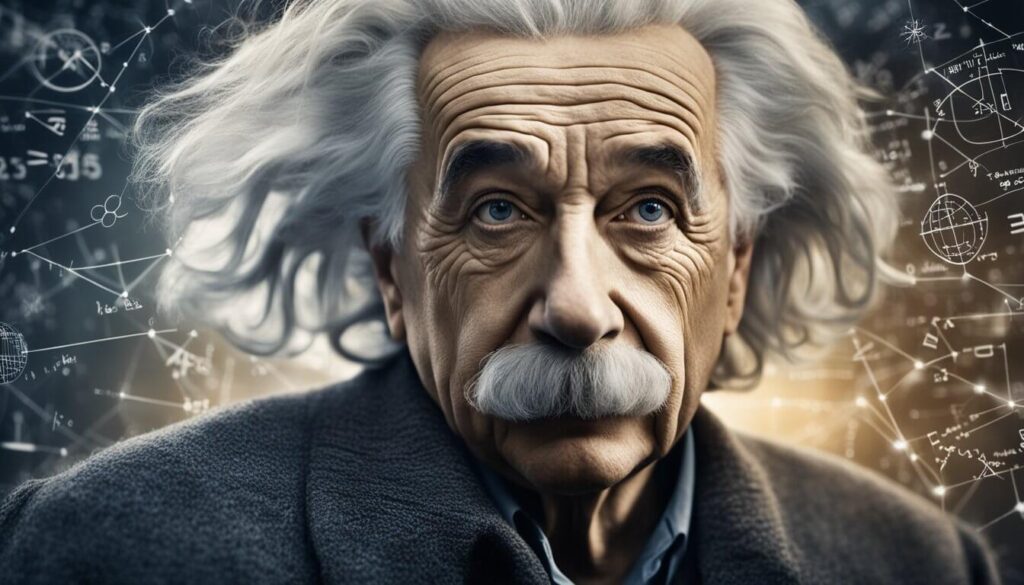
Einstein published his special theory of relativity in 1905. He said that time and space aren’t fixed – they bend and stretch. And his famous equation E=mc² showed matter and energy are interchangeable. Namely, this single equation explained how stars produce energy and made nuclear power possible. His theory revealed the universe’s fundamental nature.
His theories also predicted black holes, GPS satellites, and nuclear power Without relativity, GPS satellites would be off by miles due to time dilation effects.
Einstein also contributed to quantum mechanics despite his famous objection that “God does not play dice.”
Interestingly enough, he won the Nobel Prize for explaining the photoelectric effect, not relativity.
His work on Brownian motion proved atoms exist when many scientists still doubted their reality. This research basically laid groundwork for modern chemistry and physics.
In many ways, Einstein’s theories revolutionized our understanding of the universe. He showed that massive objects warp spacetime, creating gravity. This explained Mercury’s orbital precession and predicted gravitational lensing.
His work also revealed that the universe is expanding. These insights led to the Big Bang theory and modern cosmology.
And his thought experiments were also legendary. He imagined riding alongside light beams and falling in elevators. These mental exercises led to profound insights about reality.
Why he changed the world: Einstein's theory of relativity revolutionized physics and our understanding of space, time, and gravity, providing the theoretical foundation for modern technology including nuclear power and GPS systems. His work fundamentally changed how humanity perceives the universe and laid the groundwork for countless scientific advances in the 20th and 21st centuries.
Interesting fact: Einstein's brain was removed after his death and studied for decades, revealing it had an unusually large inferior parietal lobe, associated with mathematical thinking.
10. Tim Berners-Lee (1955-Present)
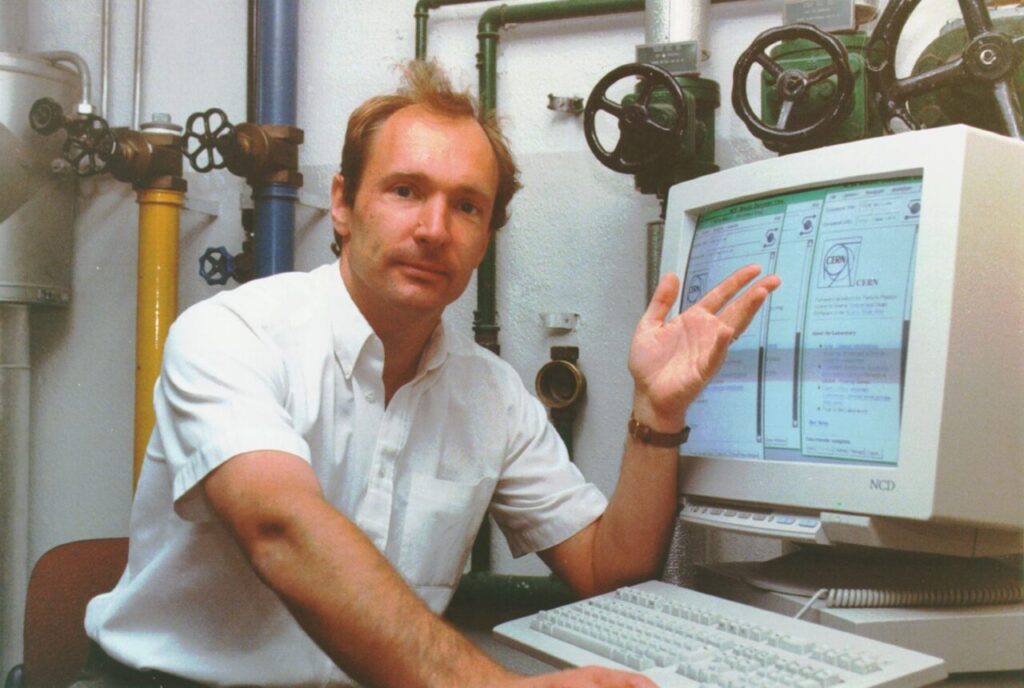
Berners-Lee invented the World Wide Web in 1989. He created HTML, HTTP, and URLs while working at CERN. These protocols let computers share information across networks. His first website explained what the World Wide Web was and how to use it. The site still exists today as a historical record.
Basically, without him you wouldn’t be reading this online.
Interestingly, he could have become the richest person alive. Instead, he gave away his invention for free.
Berners-Lee wanted universal access to information.
The internet economy exists because of his generosity. He refused to patent the web, believing it should belong to humanity.
And we all know that the web transformed how people communicate and access information. Before 1989, computer networks existed but couldn’t easily share different types of data. Berners-Lee’s protocols created a universal system for linking documents. His innovation made the internet user-friendly for ordinary people. The web became the foundation of the digital economy.
The first web browser was also called WorldWideWeb. Berners-Lee wrote it on a NeXT computer. The browser could display text and create links between documents. Users could navigate between pages by clicking on hyperlinks. This point-and-click interface made the web accessible to non-technical users.
Why he changed the world: Berners-Lee's invention of the World Wide Web created the first universal system for sharing information across computer networks, fundamentally transforming how humanity communicates, learns, and conducts business. His decision to make the web freely available enabled the digital revolution and created new economic opportunities for billions of people worldwide.
Interesting fact: Berners-Lee's original proposal for the World Wide Web was initially rejected by his boss, who called it "vague but exciting."











